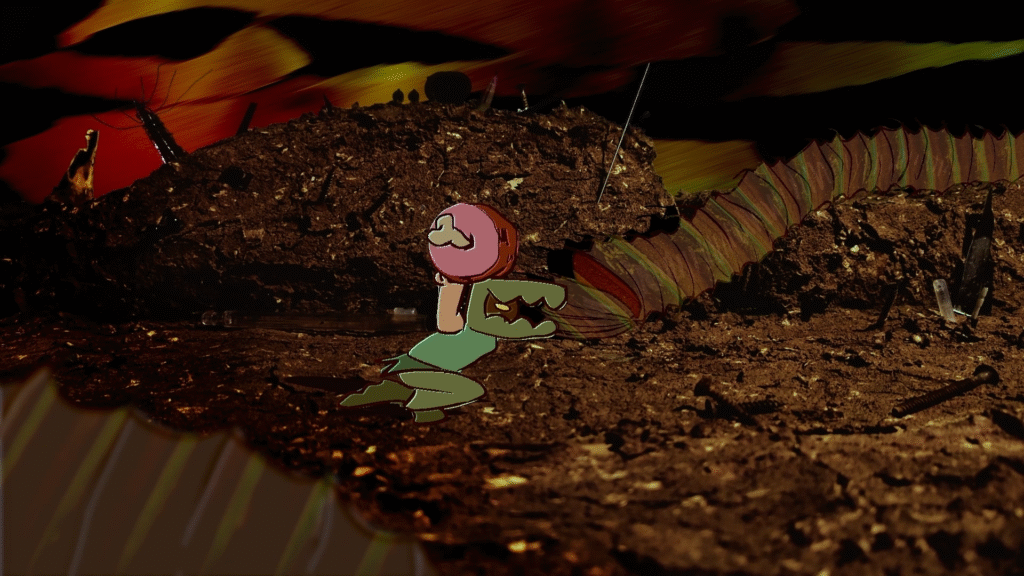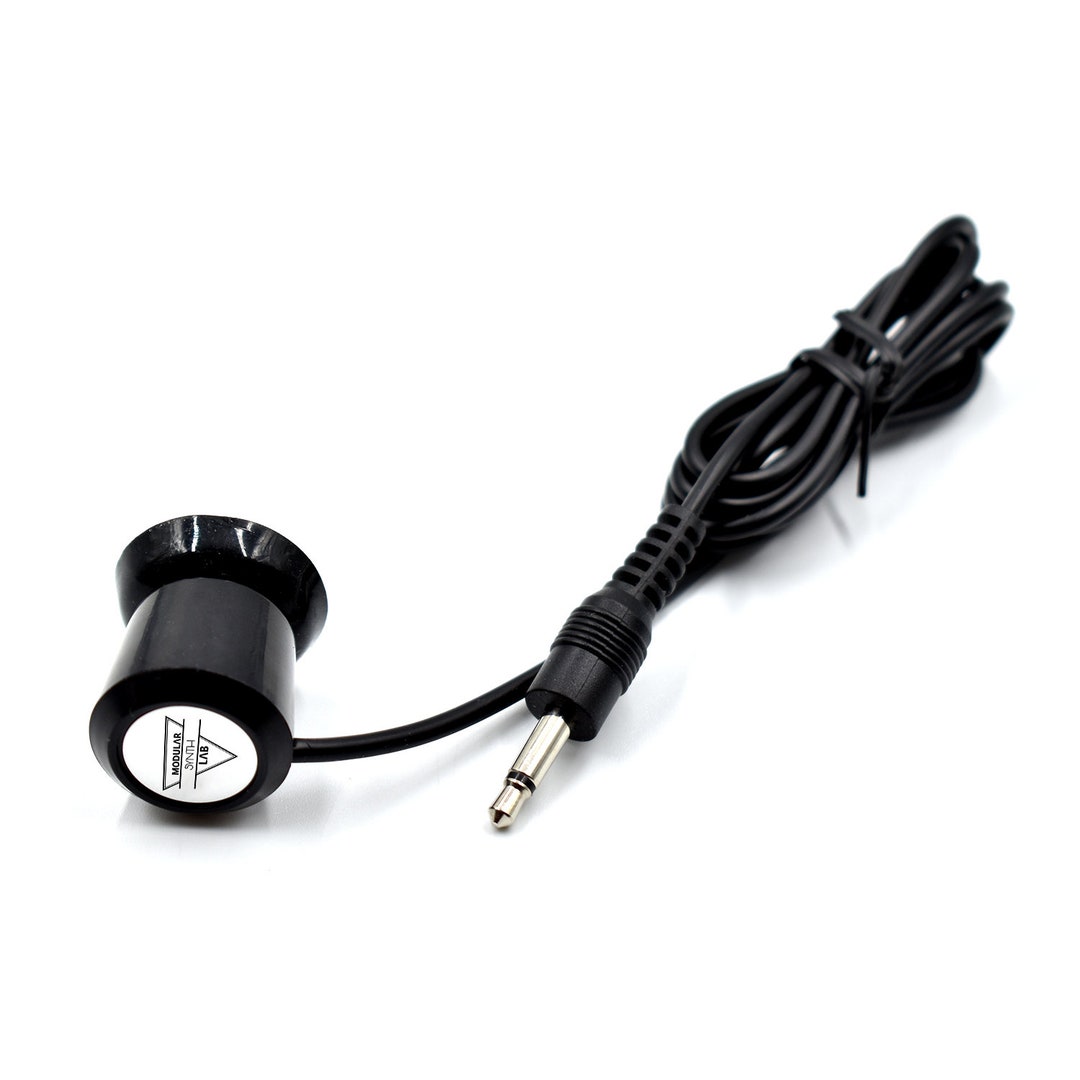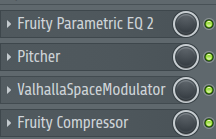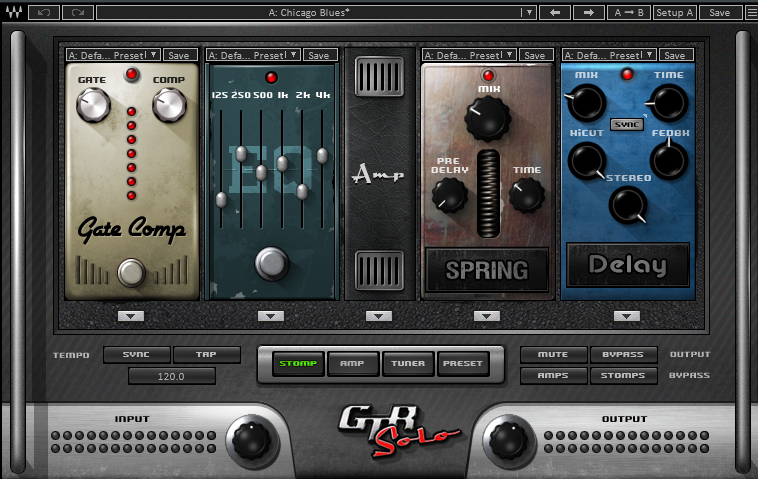Hey everyone, I know it’s been over a month since my last post here, but there was a reason for this. Today I am happy to share the latest project I have been working on! Shortly after my game jam project, I was commissioned to work on the soundtrack for Overthrow, a short animation project.
This project was not my usual type of project. I usually like to focus on game music and audio, but this was another opportunity to refine my audio engineering and composition skills (not to mention while getting paid). In this post I will explain a little bit on how I made the soundtrack.
The film is about a dude who has a friend crocodile in a strange junkyard-type world. At a certain point, a monster comes along and murders his friend. From this point on in the story, it becomes a revenge story where it can be thought of as David vs Goliath.
For this project, I was asked to make 2 pieces of music for this animation. It was projected to be around 4 minutes in length, and Sam, the director and animator, requested that I make each piece of music roughly a minute in length and for it to be looping. One of the pieces of music was for the ambience of the film, while the other piece is going to be a hard rock inspired track. Let’s start of by talking about the ambience piece.
The Ambience
Before beginning this project, Sam sent me a sample of the work-in-progress animation to get an idea of what the film would look like. When I first looked at the animation, I was struck by the interesting art style of the film. I would describe the art style as hand drawn animation on top of collages photos/art of real life objects. If we talk in terms of video games, it really reminds me of something I would see in Samorost.

Because of this, I really wanted the ambience to reflect the art style, and the best way I thought about representing this in sound was through the use of sampling. I don’t know where I got this idea from initially, probably from social media, but I thought about recording some electrical signals. One little-known fact about our modern world is that most electronic devices we come across emit electromagnetic waves, even though we don’t hear or see them. Through the recommendation of someone I met through the Richmond Synthesizer Collective, I ended up picking up this phone tap microphone pickup on Amazon for roughly $10. That ended up doing the trick for collecting a library of electrical buzzing and noises.

After recording these sounds, I went to town with manipulating them. Sometimes my process for sound design gets a little crazy, and with this project, I felt like I went a little overboard, which ended up in the project being very unorganized. So I apologize if I don’t go into a lot of detail. Here is a screenshot of the audio chain for the initial electrical noise sound

For this, before any processing began, I cut everything around the 1.7khz mark. Then the first EQ you see in the screenshot is just shaping the sound and character even more. Then I fed it through Pitcher and Valhalla Space Modulator in an attempt to draw out more varied musical frequencies, instead of just one constant tone. Finally, I added a compressor to bring up the overall level a bit more. After this processing, I fed this channel to two additional buses. One is for a vocoder that fed into a reverb, and the other bus is just an empty bus. I wanted to mix in a little bit of the un-vocoded signal on top of the vocoded signal.
For the rest of the track, I layered in some additional synthesized instruments of top of that baseline noise. One was a water drop sounding synth instrument and the other was an Ebow guitar sound. I fed both of these sounds into their own signal-processing chain that involved some frequency shifting and distortion.
Then finally, after the synthesized instruments, I was able to add in some recorded samples I made of my metal kitchen counter table. For the recording of this noise, I ended up taping a contact mic to it and banging on the metal table with various objects around the kitchen. I didn’t realize it at the time, but I could re-invent plate reverb with this setup! I fed that sample through some EQs, the space modulator, and some delays.
Recording the metal table this way also helped out Sam. I mentioned I did this recording session to them and they asked me for the full recording session. This later informed their decision on SFX and some of the sounds used in that session was used as additional SFX in the film.
In the end, I was very pleased with how the ambience turned out. It was very erie and experimental. I really liked how it mimics the art style very well; Where the sampled sound was like the real life photo collage, and the synthesized instruments was like the hand drawn animation on top.
The way I arranged the song also fit the requirements of the request. It was about a minute in length and it is also designed so that it can start and stop at any point without breaking any sort of musical flow. Here’s a little look at what the arrangement of the final project looked like. If you have any additional questions regarding this piece, feel free to comment below!

Heavy Rock Battle Music
The last bit of music I was tasked to make was for the climactic final fight of the film. Sam sent me a ton of examples of the type of sound they were looking for with this part of the film. These musical examples ranged from Black Sabbath to J-pop style rock music. In the beginning of writing this song, I tried to keep close to these inspirations, but I eventually went off into my own thing.
One of the first ways I broke away from the request was that instead of a 1 min looping track, I ended up going more towards a traditional linear song path, and with that approach sync it up to some of the animations that were happening during the film. This was completely different from what I was used to, because instead of writing a song based entirely on vibes, it was vibes plus timing with the animations, while also making musical sense within the context of the whole song.
The ending part of the song was the very first part of the song I wrote. I initially intended that part to be the very beginning of the track, but then I realized it didn’t fit the vibe, so I scrapped that as the beginning but kept it for later.
I ended up just writing each section of the song as its own separate song and mashing them together to get 2 to 3 min of music as a whole. I admit that during this songwriting process, I was thinking about how Brian Wilson was able to use modular songwriting techniques when he wrote “Good Vibrations” and other tracks used in The Beach Boys’ unreleased album “Smile”. Each section of my song, I believe, might be in a different key, though I’m not certain. The sections are for certain in different tempos. This sort of technique, in hindsight, also fits with the collage nature of the art style of the film.
The other way I differed from the requested inspirations was the guitar solo. The music Sam sent me really didn’t have any prominent guitar solos. While I was making the song, I heard a guitar solo, Ala 1980’s style cheese, in my head. I couldn’t refuse and decided to just go wild in making an epic sounding guitar solo.
Speaking of guitars, that ended up being a challenge simply because I don’t play, nor own any guitars! One of my frustrations in this piece early on was that the guitars didn’t sound realistic enough, especially in the second section. I was able to fix it in the final mix thanks to one of my buddies who plays guitar. My friend has recently gotten into electronic music production and told me this tip to make realistic-sounding guitars that still blows me away.
Basically, what you do is grab an instrument synth with a really good acoustic guitar sound (I used FL Flex for this), and then you feed it into a guitar amp sim. I used the guitar amp and pedal sim from Waves Audio because, during the production of this song, they released a free bundle of audio plugins that included this very thing. Here are some screenshots of the pedals and amp sim I used to make the main shredding sound in the second section of the song. I just used one of the presets and tweaked it a bit.


For the other 2 guitars and the bass guitar, I pretty much just kept it to one of the FL flex sounds because I thought they sounded pretty good already. When sending my progress to Sam, they would not have known it was a fake guitar.
For the drums, I just used Steven Slates drum plugin. The first section of the song, I used one of the bridge groves that the plugin comes with. In the second section, I used a MIDI transcription I found online of the Amen break drum sample. The reason for this is that Sam sent quite a bit of rock examples with an amen break/drum n’ bass style drum break in the background, so I figured why not use the O.G. of drum samples? There’s a reason why the amen break is in hundreds of songs. Then finally, I programmed a simple drum pattern for the last section of the song.
As for mixing the song, I did my best to follow best mixing practices on rock tracks, and to mix for what was needed for the song. This process can get pretty involved if I explain it in detail, but if you’d like to know more, feel free to send me a message!
Conclusion
This project really gave me a lot of firsts for my audio career development. First film score, first paid gig, and first time someone outside of my local sphere reached out to me. It was a very daunting in the beginning, but I just put one foot in front of the other, and it ended being something I am really proud of.
I want to thank Sam for giving me a chance to score his film. It’s not easy giving someone you don’t know creative control over something you care about, but I am eternally grateful you gave me that opportunity. I will always remember this special project going forward in my career, and I look forward to many more opportunities in the future.
With that being said, I am open for any project you have for me! Feel free to contact me via the contact form on this website and we can negotiate the details. I also apologize if the contact form seems less inviting than just an email address, but I found out that just posting my email address on my site invites a ton of spam. So thank you for your patience in using that form.
Another thank you to Sam for graciously giving me permission to post the full animation on my site. I will update everyone on the best way to support their work when they refined the animation.
In the mean time, you can watch the animation here!
Leave a Reply